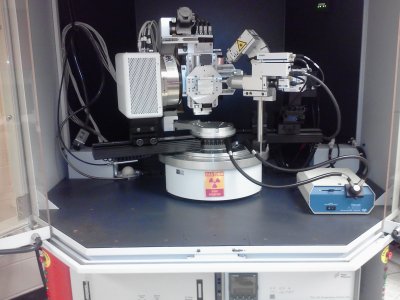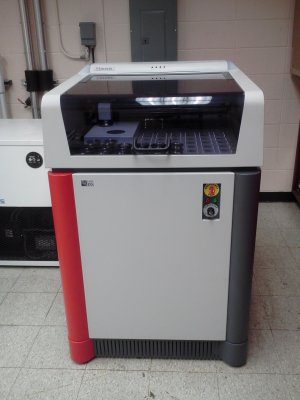revenant
[H]F Squad Captain
- Joined
- Apr 10, 2005
- Messages
- 16,308
I have been using the same Corsair H115i Extreme with a push/pull config since July 2017... 6 years now! It does cool my 13700k ok but until I made changes in the bios to restrict the default settings from applying loads of vcore at load it would hit 100c fast and throttle back.. using prime now it hits 90c fast and hovers in the low 90s.. gaming is normally 40c to 60c depending.. D4 it's in the 50s most of the time. It's a gaming only system that isn't on all the time but this cooler has some hours on it. I am usually a don't fix it if it aint broke person but with AIOs and PSUs after a time period I start getting that "hmmmmmm" feeling. It's passed it's 5y warranty and I read most have a 5 to 6 year warranty so I am thinking maybe it's time.. might be evaporation issues after this long.. I mean it's sealed and all but who knows.. I read the coolant can gum up after time too.. mine is the Asetek flavor of these.. The way this is installed i'll have to rip the whole front of my PC apart.. but oh well boo hoo hahah..
When do you all normally replace your AIO??
When do you all normally replace your AIO??
![[H]ard|Forum](/styles/hardforum/xenforo/logo_dark.png)

